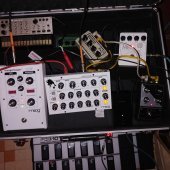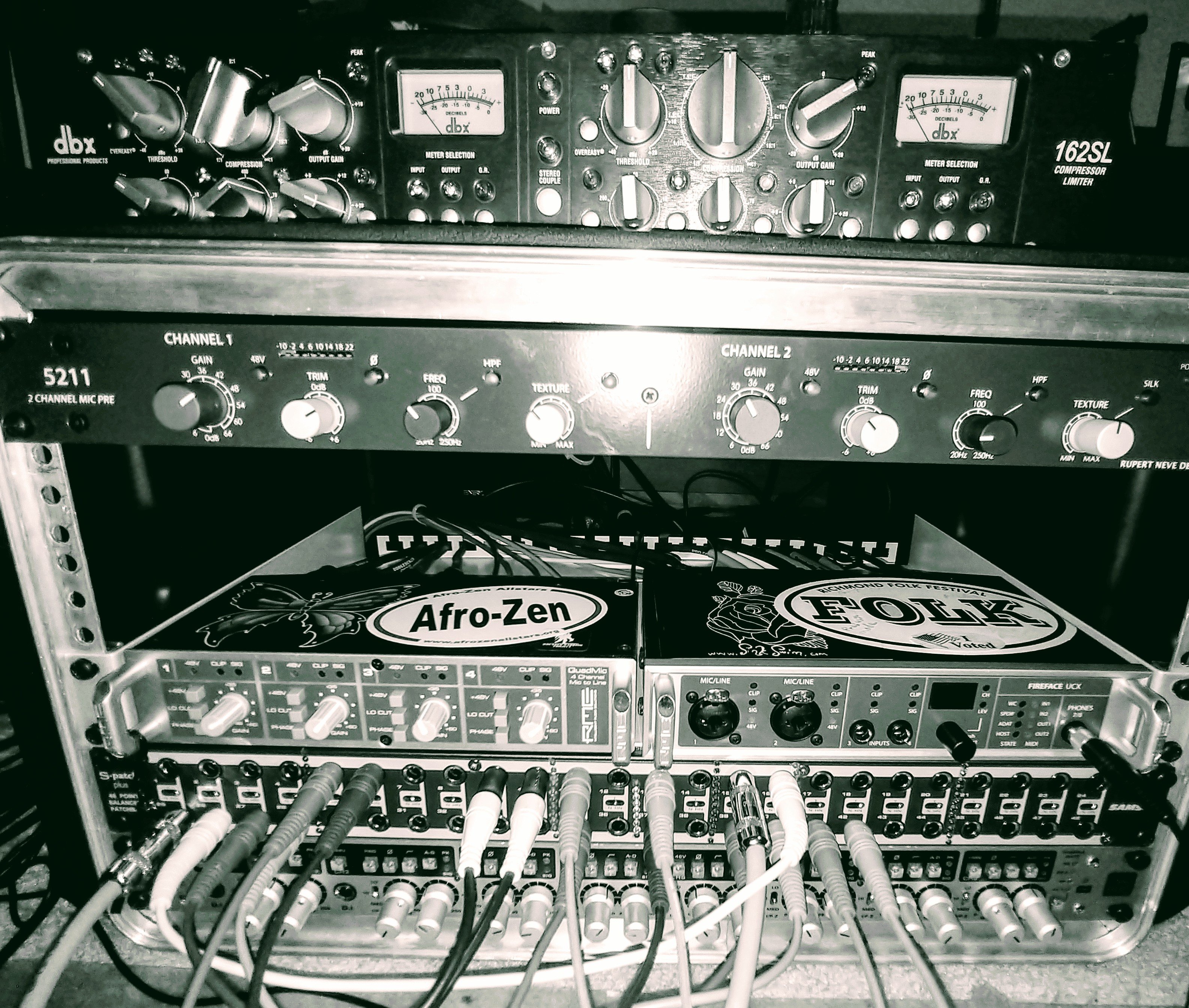-
Posts
1,480 -
Joined
-
Last visited
-
Days Won
1
Everything posted by Gswitz
-

How Do You Vary the Tempo Throughout a Song?
Gswitz replied to Richard Strickland's topic in Cakewalk by BandLab
I play the parts I'm good at faster. ? -
It would be cool to spread voices over threads so that a single processor doesn't get over worked too. I like to use a lot of voices.
-

Want More Money from Music? Know where music is.
Gswitz replied to maxsthaven's topic in The Coffee House
Noel makes tons of money selling software to us. Oh wait. Well Gibson! They sell awesome guitars... Right? right? No? I think it is possible that music has gone with the soul of the world to find help. So, help is on the way? -
Comping works for me as long as I avoid normalize.
-
Is fader port one that you should use azslow's driver for? He does something beautiful! http://www.azslow.com/index.php?board=10.0 @azslow3
-
This happens to people. In Colorado, people would leave their beautiful instruments in the car at an open Mic and bring it in late... At midnight... Freezing... Pop open the case by the fire... https://www.google.com/amp/s/worldmusicsupply.wordpress.com/2016/01/13/winter-weather-and-your-guitar-and-its-finish/amp/
-
Or perhaps afraid he could fall flat. Doesn't that happen like 50% of the time? Maybe just for me.
-
Copy a good section, paste over loose section.
-
My Roland usb to midi words fine.
-
I love midi too. Windows supports class compliant midi interfaces now. Any USB port can become one or more midi knot output pairs. For this reason, interfaces are less likely to support lots of midi. They work along side your regular interface without issue. https://smile.amazon.com/Converter-LiDiVi-Professional-Keyboard-Adapter/dp/B071KLC884/ref=mp_s_a_1_3?keywords=midi+usb&qid=1552568440&s=gateway&sr=8-3
-
However kids have fun making music is a win. I remember a happy day where my daughter and her friends would draw musical notes on blank sheet music and ask me to play it. There was tons of laughing and giggling.
-
Playing for pot?
-
I mean, I'm glad to be here. If my parent's hadn't bribed @Noel Borthwick to let me join the forum there's no way I'd be where I am today. Becan! for dinner!
-
Thin is good when you are lugging them around.
-
Thanks Craig. I modified the links.
-
Thanks, @JohnG No big thing. I can hear the differences, but they are subtle. Both tracks would stand. When using more than 2 ribbons, I'll probably use the asp880 on low impedance for spillover. When possible, I'll use the neve for the ribbons. I'll not be disappointed if no one listens to the tracks. They were a study i did for myself that I'm sharing the results of.
-
http://gswitz.blob.core.windows.net/tunes/20190312_Preamps_A.wav http://gswitz.blob.core.windows.net/tunes/20190312_Preamps_B.wav http://gswitz.blob.core.windows.net/tunes/20190312_Preamps_C.wav http://gswitz.blob.core.windows.net/tunes/20190312_Preamps_D.wav I recorded a ribbon mic and a small diaphragm condenser. I used the identical guitar passage re-amped. I used the identical analog to digital converter. The only difference was the preamps. On both preamps, I used the high-pass filter set around the same place. I didn't move the mics between the two; I only unplugged the mics from one pre and plugged them into the other. Then I normalized the tracks to -3 dB. The ldc was recorded at high impedance on the Audient ASP 880 which is 2800 Ohms. The ribbon on the Audient was recorded at low impedance or 220 Ohms. On the Neve, both had an input impedance of 9600 or so. What do you think?
-
I made a first pass effort of recording the same reamped passage using first the Neve 5211 and then the Audient asp880. I set the Audient to low impedance and frankly had a tough time hearing differences between the two tracks. I didn't move the mics between recordings. It was much easier to get a good level with the neve. I normalized the tracks after recording so they were close in volume.
-
John, I totally appreciate the lesson. I'm not really sure how much help it is to be honest because the AES link (above) suggests 10k to 63k Ohms for preamp impedance for their ribbons. I've never before had something close to that, but I just picked up a new pre-amp. The Rupert Neve 5211, which has 9k impedance. I'm going to try a recording soon (re-amped) where I shift a ribbon between various preamps recording the identical guitar part. Then I'll switch between them to sample them and see what I think. I just got it racked up today. I'll share a link to a video breaking down the different recordings once I've had a chance to make it. Today, I'm done. I spent hours re-organizing my rack and testing all the inputs and outputs. ? I'm always nervous when I pull the whole thing apart, but happy when it's done. Especially when everything works when I'm done. The compressor can't be between hot things, so I'm just putting it on top. I can screw it in before going out and then put it on top when I get there. ? That's why the 2u hole.
-
You mean your set up was cabled with balanced cables? Mine too. Examples of why I like this... 1. I can send any pre-amp to any dac input. 2. I can take any dac output and send it to my amp for recording my send to the amp before it hits the amp. This is useful b/c I can cause feedback that gets recorded with the direct. I can also send the channel after playing it to the amp for re-amping. 3. I run the feed from my rock-crusher (amp attenuator) back to any input I like. I can mic the amp if I like but I don't have to. 4. I can take any output to my compressor and back in to any dac input. 5. I can split some pres to send one channel directly to the compressor while the same gets fed into the dac. 6. I can plug in sends to monitors, headphones or mains right there in front without messing around in back. ** I have done all these things since before I had the patch-bay, but now it's easier and involves less crawling around with a flashlight.
-
https://en.wikipedia.org/wiki/Cowboy_church @InstrEd
-
I looked closely at making my own cables but decided that for me it was ultimately cheaper to buy what i need. I use cables that don't crackle. I use the shortest cables reasonable for the task. I try not to walk on cables. I do have favorites. Regarding cabling, the best thing I've bought is a patch bay. This gives me easy access to everything. I love it. I plug mics into pres but most of the cabling into my interface always stays the same.
-
I don't know what N.B. simple means. I think this chart showing impedance differences by frequency means it isn't possible to correctly match a low impedance preamp to this mic. I guess the fact that the Rupert neve 5211 doesn't have a low impedance switch might mean it isn't necessary. It helps that you say volume doesn't compensate for an impedance mismatch. JohnG, in what cases do you use a low impedance setting in a preamp?


